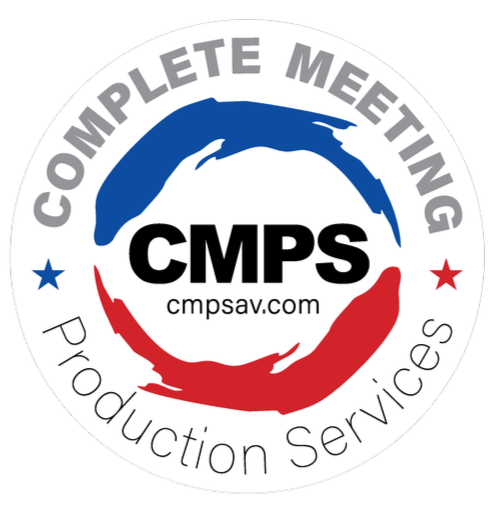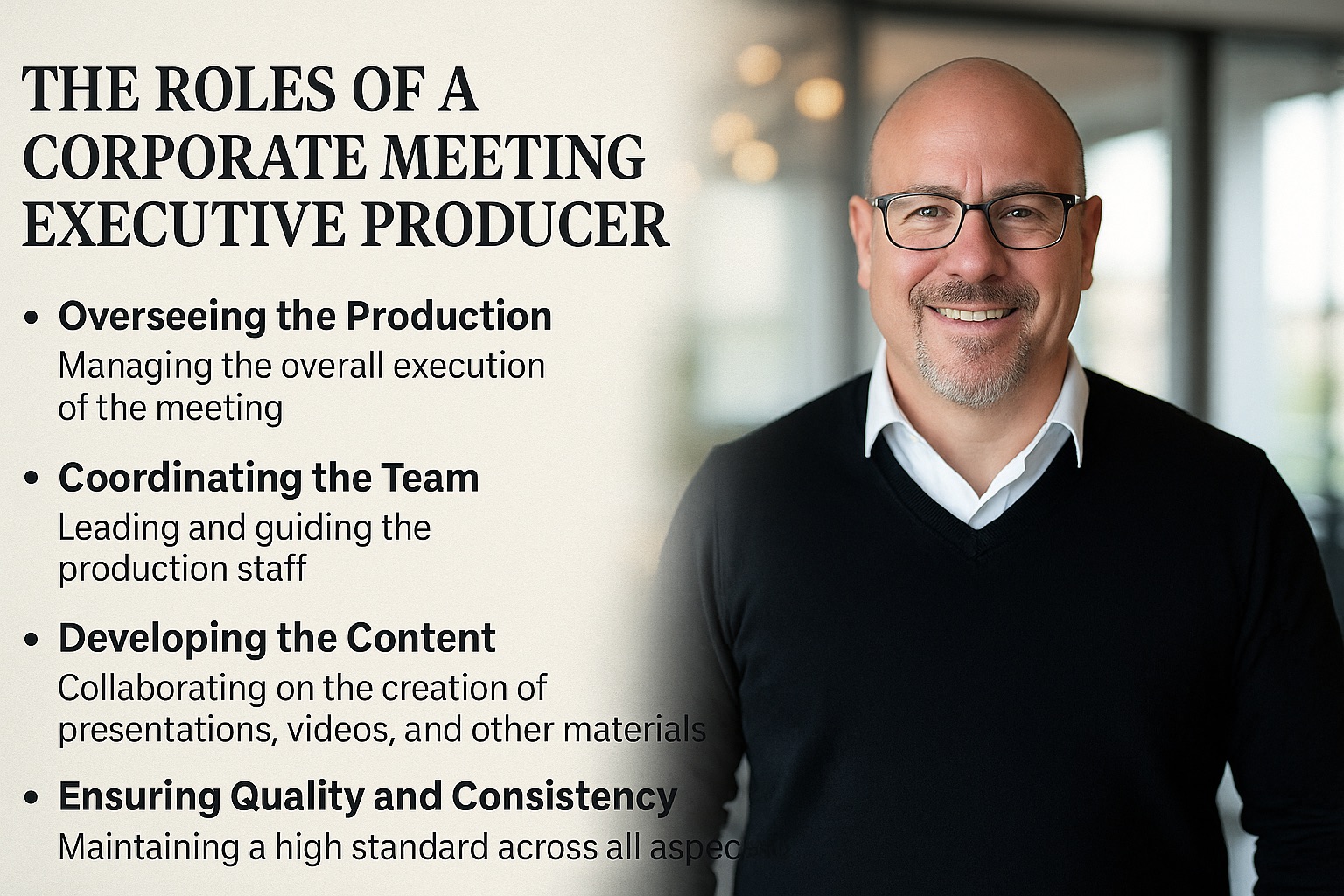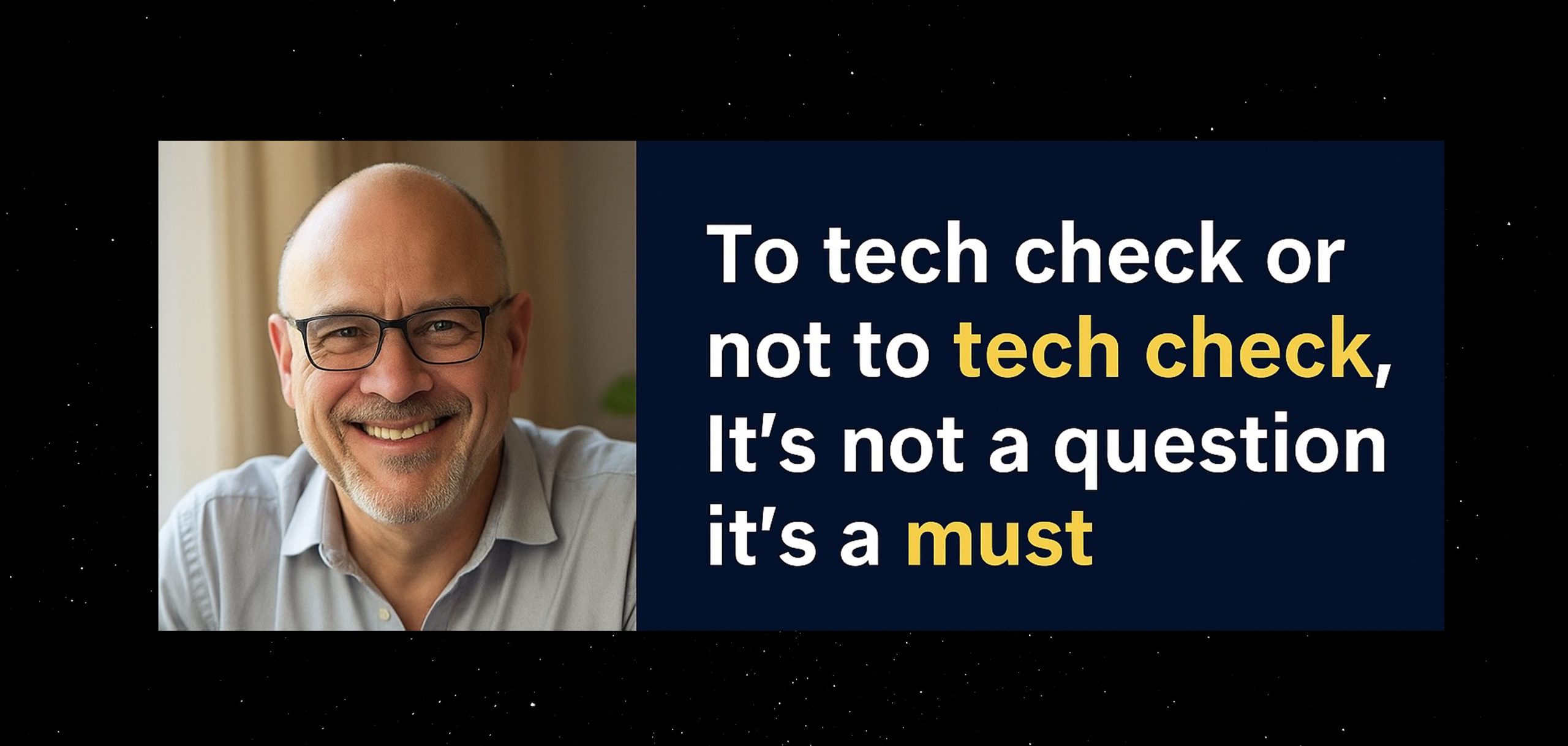What would happen if events finished on time, felt on brand, and hit targets without the scramble? Strategic event planning turns loose ideas into a clear, testable plan. You set goals, draw lines, and plan the way to success in event planning. Work feels lighter because the direction stays obvious.
Treat creativity like a system. Capture ideas, test them against the brief, and connect them to metrics that matter. When teams share the same targets, planning gets faster and cleaner. Energy shifts from debate to delivery, which is the point of business event planning in the first place.
Why Strategic Event Planning Delivers Results
Strategy forces clarity. Define the audience, promise, and proof. Assign owners, deadlines, and checkpoints. Progress stays visible, and decisions move quickly. One plan guides creative choices, budget decisions, and on-site execution, strengthening event marketing strategy across channels.
A short narrative helps choose sessions, speakers, visuals, and the run of show. That shared story steadies decisions when timelines move. It also keeps creative event ideas aligned with outcomes, so momentum does not stall.
Strategy to Stage
Start with a one-page brief. Write the business goal, the core message, and the action you want. Translate that into a run of show, content blocks, and engagement moments. Add an event branding strategy so bold choices remain consistent from the first invite to the final cue.
Break goals into ordered tasks with owners, due dates, and dependencies to prevent pileups. This simple event planning strategy keeps work flowing even as new requests arrive.
A Simple Tool Stack
A simple stack can keep everyone aligned from concept to show day. Asana turns goals into timelines with owners, due dates, dependencies, calendars, dashboards, and light automation that keep the critical path clear. Miro gives the team one canvas to storyboard sessions, plan the room, and build content together. Notion keeps briefs, vendor details, budgets, assets, and approvals in one place, so work moves instead of file hunting. As programs grow, Bizzabohandless registration, agendas, on-site apps, and analytics. Cvent offers branded sign-up and session pages, as well as recordings and transcripts, to ensure the online experience is consistent with the in-person experience.
Checkpoints That Protect Delivery
Choose one primary objective and two supporting metrics. List roles, deadlines, and the decisions each owner can make without a meeting. Review top risks weekly and name the first move for each. Keep a living run of show that reflects real decisions, not wishes.
Rehearse transitions, mic swaps, deck handoffs, and lighting looks. Faces should read clearly from the stage to the back row. These practices pay off in business event planning, where stakes and deadlines are tight.
From Brief to ROI
Make sure that every creative choice leads to a measurable result. Tie the keynote to a pipeline target. Tie the breakout to retention. Watch metrics weekly and fix bottlenecks early. This is event planning for business in action, where creative corporate events still answer to revenue, satisfaction, or learning goals.
Use post-event reports to close the loop. Note which segments drew engagement and which moments felt long. Those notes shape strategic corporate events that improve each quarter.
Show Week Without the Scramble
Hold one run of the show and one update channel. Post changes once and mirror them across tools. Freeze content on schedule. Keep backups in each chain with a spare mic, a mirrored deck, and simple power access. In daily huddles, confirm the first cue, the three riskiest moments, and the owner for each. End with a transparent fallback if timing shifts.
Conclusion
With strategic event planning, vision becomes steady results. Tie ideas to the business purpose, equip the team with workable tools, and keep a weekly review cadence. When the plan stays visible and people move together, events feel calmer, results improve, and the subsequent decision gets easier.




